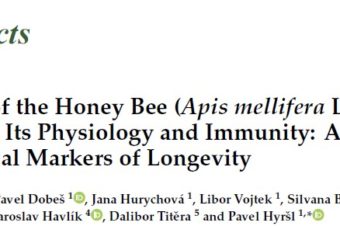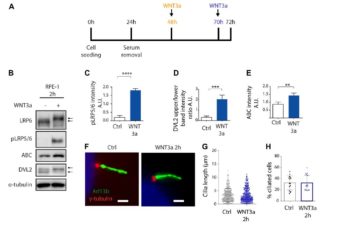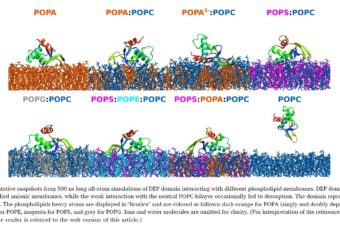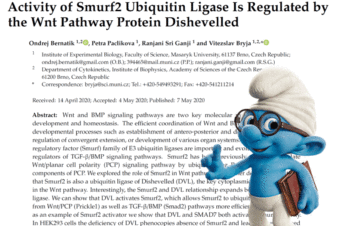Abstract:
The development of a tooth germ in a precise size, shape, and position in the jaw, involves meticulous regulation of cell proliferation and cell death. Apoptosis, as the most common type of programmed cell death during embryonic development, plays a number of key roles during odontogenesis, ranging from the budding of the oral epithelium during tooth initiation, to later tooth germ morphogenesis and removal of enamel knot signaling center. Here, we summarize recent knowledge about the distribution and function of apoptotic cells during odontogenesis in several vertebrate lineages, with a special focus on amniotes (mammals and reptiles). We discuss the regulatory roles that apoptosis plays on various cellular processes during odontogenesis. We also review apoptosis-associated molecular signaling during tooth development, including its relationship with the autophagic pathway. Lastly, we cover apoptotic pathway disruption, and alterations in apoptotic cell distribution in transgenic mouse models. These studies foster a deeper understanding how apoptotic cells affect cellular processes during normal odontogenesis, and how they contribute to dental disorders, which could lead to new avenues of treatment in the future.
Front. Cell Dev. Biol., 18 June 2021 | https://doi.org/10.3389/fcell.2021.671475
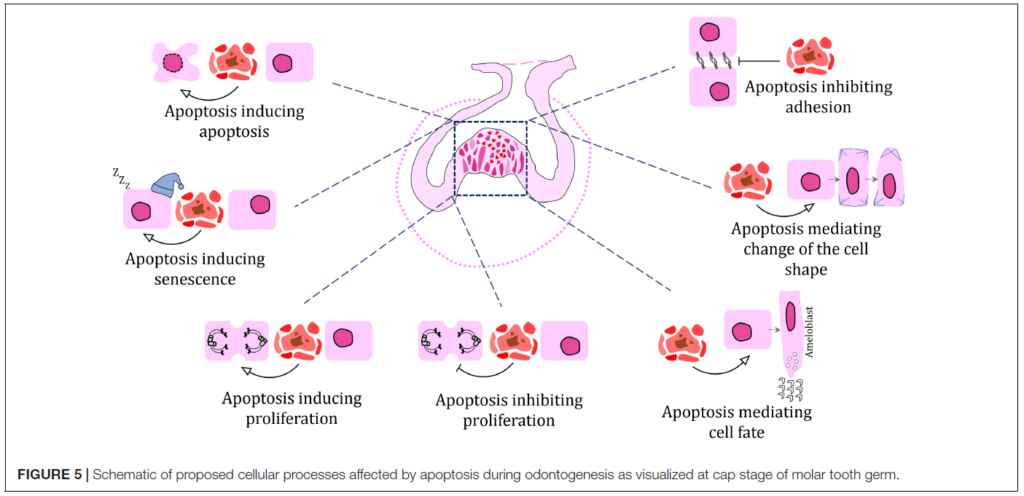
Authors:
John Abramyan1, Poongodi Geetha-Loganathan2, Marie Šulcová3,4 and Marcela Buchtová3,4*
1 Department of Natural Sciences, University of Michigan–Dearborn, Dearborn, MI, United States,
2 Department of Biological Sciences, SUNY Oswego, Oswego, NY, United States,
3 Department of Experimental Biology, Faculty of Science, Masaryk University, Brno, Czechia,
4 Laboratory of Molecular Morphogenesis, Institute of Animal Physiology and Genetics, Czech Academy of Sciences, Brno, Czechia


